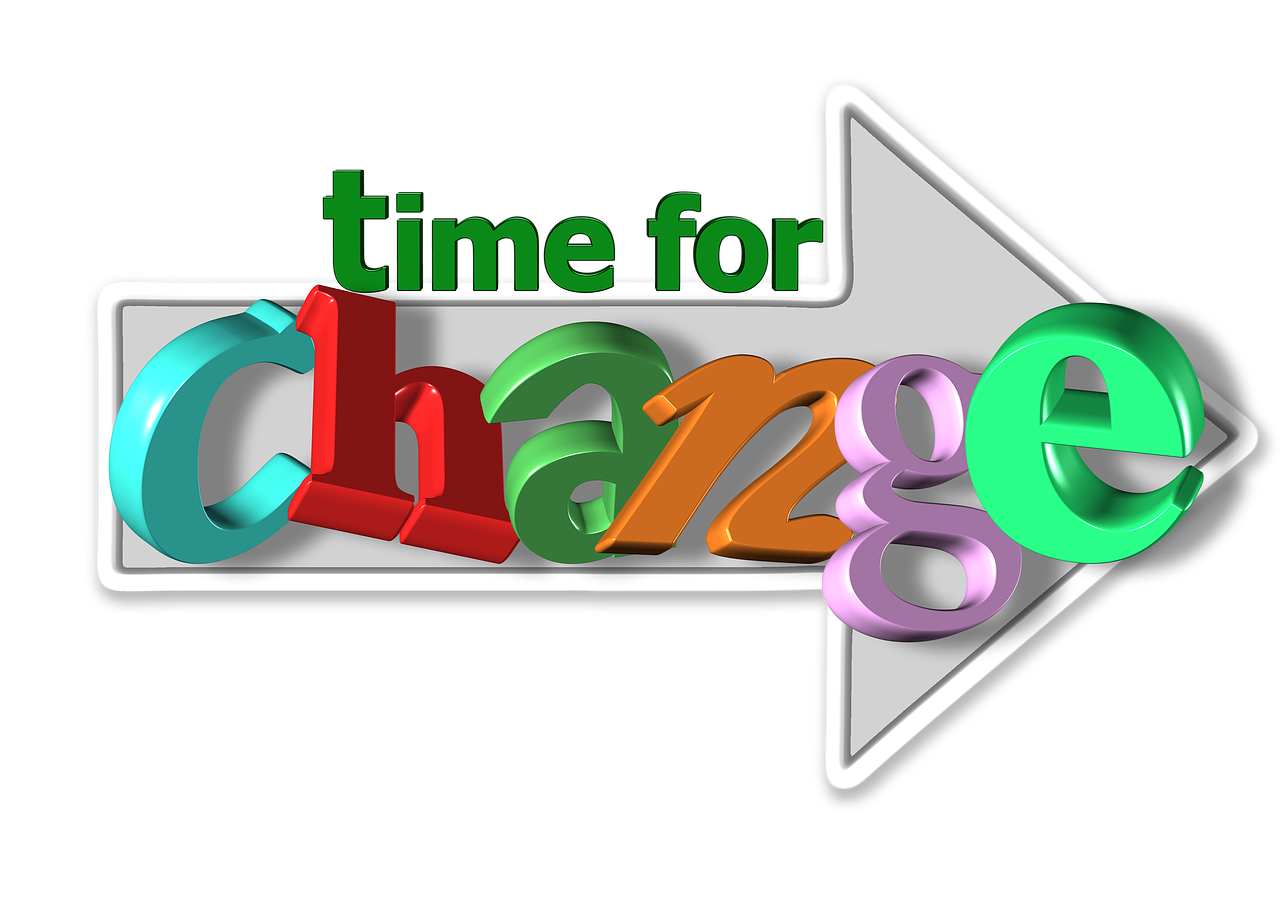
Overcoming barriers to returning to work after a mental-health leave
November 9, 2018
Case Study: Building confidence to tackle a mid-life career transition
November 9, 2018
How clients can learn to recognize stressors and develop strategies to better manage them during career change
By Mary Ann Baynton
Any transition in life can be stressful. Career transition in particular often happens at the same time as other life stressors, including personal, family, health or financial concerns. Recognizing our current reactions to stress and choosing healthier, more effective responses is what building resilience is all about.
Resilience is the capacity to adapt or recover from stressful situations, including a transition into the workforce or from one job to another. Building resilience doesn’t mean you’ll avoid stress. What it means is that you’ll be able to cope better and recover from stress more effectively.
Research has helped us understand practical strategies to build resilience.
Identifying our stress responses

Some automatic responses can be physical in nature – cold sores, hives, and sweating or stomach problems. Some may be behavioural responses such as reaching for a substance, sleep pattern changes, clumsiness, forgetfulness, impatience, overscheduling or overworking. Emotional responses may also be present and could include irritability, anger, frustration or emotional outbursts.
The point to keep in mind is that these are involuntary and may still occur, but the earlier we identify them as stress responses, the sooner we can identify the stressor and make changes.
The importance of giving and receiving social support
One of the changes that can be made is to either give or receive social support. Ironically, we can reduce stress in our lives by focusing on helping others as well as reaching out for support for ourselves.
If you feel you just don’t have people in your life who you can count on, there are options. One is to offer to help others through volunteering, joining a club or just assisting someone in need. This could be someone at home, work or in the community. The more people you support, the more people who may also be there when you need help.
“We can reduce stress in our lives by focusing on helping others …”
There are also many organizations and communities that exist across the country with the specific purpose of providing support to those in need. Just reach out! Don’t wait until the stress is unmanageable before investigating what is available. Unsure where to start? Try a local government representative’s office to ask about services in the community.
Developing healthier coping strategies
Another strategy to build resilience is to explore new ways of coping that can help you prevent, as well as manage, stress in the moment. Every person is unique. What reduces stress for one person may increase it for another. For example, some people may really enjoy interacting with animals to reduce stress, while others could be afraid or allergic.
Some of the approaches that can be taken to develop healthier coping strategies include mindfulness, practicing gratitude or deep breathing. Others find art, music or time in nature are most effective. Take time to notice what works for you, and then commit to doing it on a regular basis.
Examining your options and making good decisions
Even with an awareness of our automatic responses to stress, and the inclusion of healthy strategies to manage that stress, we may still become overwhelmed at different points in our life. At a time like this, it could be helpful to step back and consider additional ways to address our stress.
One strategy is to use the four A’s:
- Accept the things and people you really cannot change. As hard as it may be, accepting what’s not possible to change (rather than desperately or hopelessly wishing it were different) can allow you to manage your stress more effectively.
- Avoid unnecessary stress. Not all stress can be avoided. It may even be unhealthy to not deal with stressful situations that need to be resolved. However, when appropriate, try to avoid unnecessary stress by learning how to say no, limiting time with people who may foster a stress environment for you, and prioritizing your to-do list with an eye to eliminate tasks or activities that aren’t truly necessary.
- Alter ways you can communicate and operate in your daily life to minimize stressors. You can do this by expressing your feelings to people you consider safe, being open to compromises that help reduce stress, and being open and honest about your needs in ways that others can understand and support.
- Adapt to the stressor by changing your attitudes and behaviours. Reframe problems with a more positive and solution-focused perspective, consider the consequences of taking specific actions, and set reasonable and clear expectations for yourself and others.
Looking at each of the four A’s in relation to a stressor will help you think about it from a variety of perspectives. Then, you can choose the response you feel will work best for you.
When considering these strategies as part of a career-transition process, it’s important to anticipate and understand that potential work stressors will arise. These stressors could include: a new learning curve, fear of failure or success, a new organizational culture, different ways of interacting with people and an environment and building new relationships.
It may seem counterproductive to think about all the things that could go wrong, but considering potential stressors and healthier responses in advance can help reduce the actual burden, should they occur as you begin your new job.
Make building resilience part of your lifelong learning
As we’ve seen, there are many practical strategies that can be put in place to help build resilience. Building resilience includes: becoming aware of our automatic stress responses, improving our ability to give and receive social support, adopting healthy coping strategies and lifestyle choices, stepping back to have an objective perspective about what’s possible in addressing stressors and conscious awareness of the stressors that could happen as well as how you’ll deal with them.
Some of us may have more of these skills than others right now, but they can be learned by anyone. Building resilience can, and should, become part of lifelong learning, as our lives are constantly in a state of transition.
Free resources that can help you develop a personal plan for resilience and deal with specific workplace stressors are available at:
- workplacestrategiesformentalhealth.com/free-training-and-tools/plan-for-resilience
- workplacestrategiesformentalhealth.com/pdf/Supporting_Employee_Success_Sep_2016_EN.pdf
Mary Ann Baynton proudly serves as the Program Director for the Great-West Life Centre for Mental Health in the Workplace, which develops and provides free tools and resources for anyone who wishes to prevent, manage or improve psychological health and safety at work. She is the author of several books including Mindful Manager, Keeping Well at Work, Preventing Workplace Meltdown, Resolving Workplace Issues and The Evolution of Workplace Mental Health in Canada.

